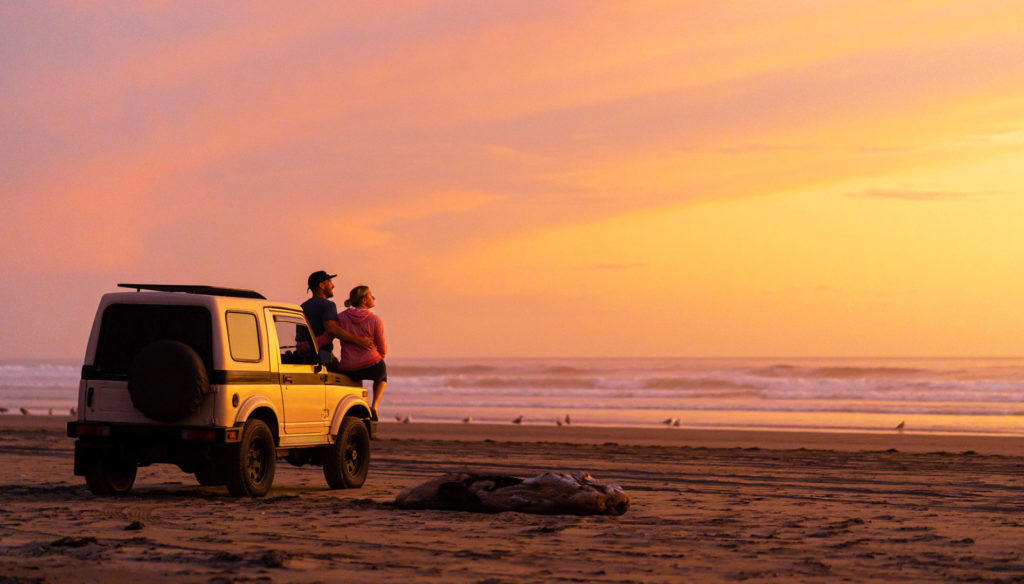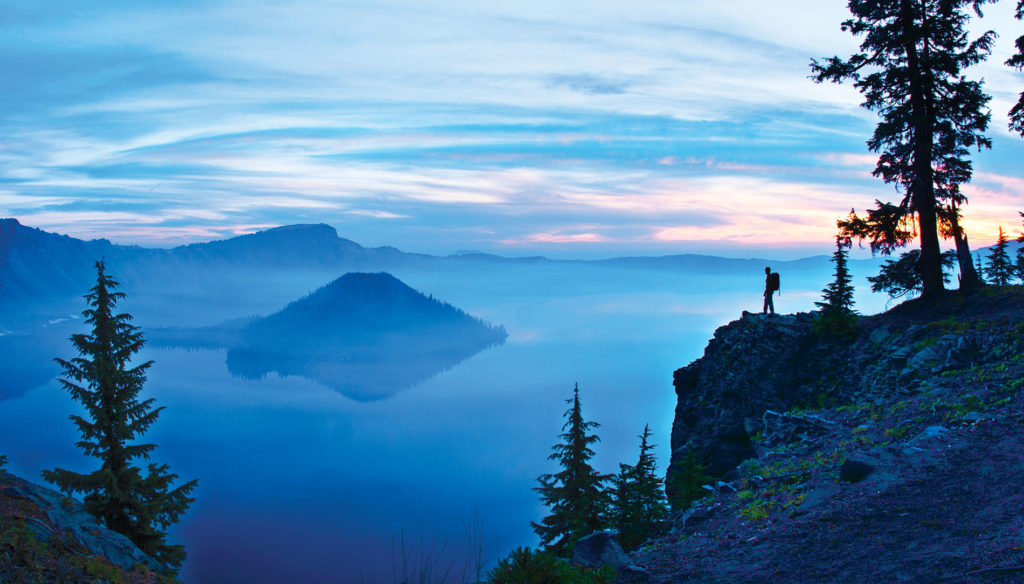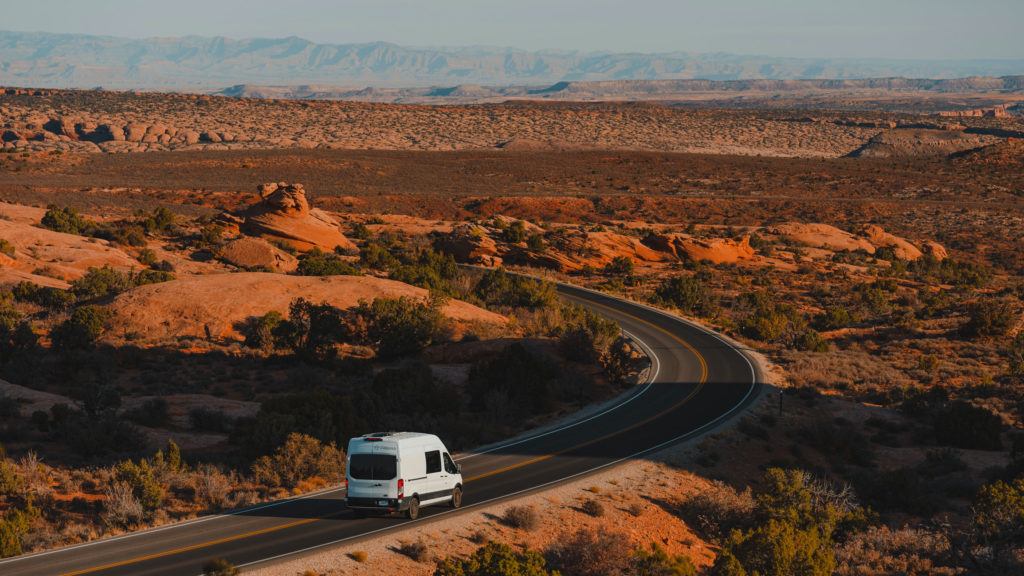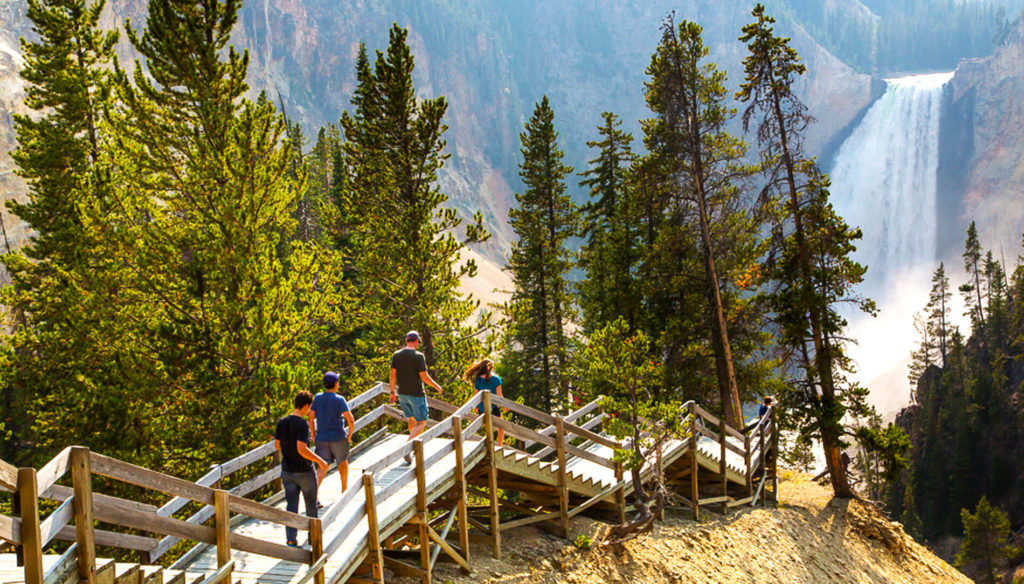Before you hit the road, get ready with these tips
Long-distance road trips are a quintessentially American pastime — as they have been almost since the invention of the automobile. Even today, travelers retrace Route 66, cruise Highway 1 along the California coast, bounce between national parks and go leaf-peeping in New England every autumn.
And for many, road trips remain the best way to travel — whether because of the freedom of the open road, the safety of traveling with your family and friends, or the myriad sights and attractions you may enjoy at your own pace.
That said, road trips require a bit more than gassing up the tank and hitting the road. When planning an adventure over days, drivers should have a goal in mind, start planning early, make reservations well in advance, keep seasonal considerations in mind, and more. So, whether you’re driving long distance for the first time or are a seasoned pro, here’s the ultimate planning guide.

1. Understand the Big Picture
First things first: Before you make a hotel reservation or book your favorite campsite, take a big-picture look at the trip — and take stock of how that may impact your experience.
It’s wise to think about the goals of your trip: Do you want to see certain parks or attractions, eat at specific restaurants, or spend a night or two in your favorite cities? Is your road trip the point of your travels — or just a way to kill time between Point A and Point B?
Will you travel with pets? If so, that may limit your options for lodgings and can cause headaches in smaller communities with limited overnight options. Plus, pets are not usually allowed on trails at national parks, which may alter your sightseeing opportunities. You also want to give yourself more time on the road each day to account for potty breaks and to let Fido stretch his legs.
Traveling with family is another consideration. Will your children want to stop and sight-see? Will you have family-friendly restaurants to choose from along the route? And if traveling with an infant or toddler, give yourself time for additional stops to feed or change diapers.
Knowing all this can help you figure out how much time to spend on the road, how to structure your days so everyone has fun, and where to go along the way.

2. Start Planning Early
Todd Nemish, operations support and training specialist for AAA Washington, spent years as a travel counselor in his more than two decades with the organization. And the first piece of advice he has for potential travelers? “Start early,” Nemish says. “The earlier, the better.”
It may seem like an overkill to plan a summer vacation in January or February, but that’s the reality in some of the United States’ busiest destinations. (This is especially true for national parks.) It’s not like you need to know where you’ll enjoy every meal, but mapping out your route and making overnight reservations months in advance can save you headaches down the road. A little legwork also gives you plenty of time to learn more about the restaurants, attractions and historical curiosities at your desired destinations.

3. Understand the Seasons
If you’re planning a summer road trip, just about every major highway is clear of snow by June — and most national parks are fully accessible by Independence Day. But if you’re traveling the rest of the year, Nemish recommends considering road conditions and how the weather might impact your experience along the way.
For example, Montana’s Beartooth Highway, one of the most scenic drives anywhere in the United States, is only open between Memorial Day and mid-October, with a closing date that fluctuates with weather forecasts and early-season snow. When planning a trip in late spring or fall, find out the status of that highway before leaving to ensure it’s open.
Seasonal closures don’t just impact roads, either. Take Crater Lake National Park, Oregon’s only national park. Summer visitors crowd its hiking trails and viewpoints between June and September, drawn to the impossibly blue hue of the deepest lake in the United States. But the park’s elevation, roughly a mile above sea level in the Cascade Range, makes it largely inaccessible between November and May. Even in early June, many of the park’s hiking trails remain covered in snow, and overnight temperatures can dip to freezing around the park’s campgrounds.
“You definitely want to be aware that some parks, particularly in the West, might not be open as early [in the summer] as you think,” Nemish says.
So, if traveling in fall, winter or spring, do a little research on travel forums, national park websites, Department of Transportation bulletins and other resources to see what kind of challenges Mother Nature may throw your way.

4. Familiarize Yourself with National Parks
Long-distance road trips between national parks are an American pastime — whether you and the family want to catch the sunrise over the Grand Canyon, marvel at the red-rock scenery of Utah’s national parks or see wildlife in its element at Yellowstone.
But as visitors to national parks increase to record-setting levels, advance planning is more necessary than ever. If you’re planning a uniquely American road trip, it helps to plan around lodging, the possibility of timed-entry permits and when in the day you should visit.
If you have your heart set on staying inside your favorite park, note that in-park accommodations can fill up nine to 12 months in advance — especially for stays at the height of summer. Give yourself plenty of time to make reservations, take note of booking windows (which may extend up to 13 months out), and keep an eye on national park lodging websites for sudden cancellations. It also can’t hurt to call the concessionaire operating your preferred lodging; in rare cases, a friendly customer service agent may be able to find rooms that aren’t on the website.
You’ll also want to plan around timed-entry permits, which may be required at more than three dozen national parks. (Note: These permits are in addition to park entry fees.) Glacier National Park, for example, requires advance permits for travelers on the scenic Going-to-the-Sun Road between May and September. Those hoping to drive up Cadillac Mountain at Acadia National Park (beloved for offering the first sight of sunrise in the continental United States) must make reservations for visits from late May through the third week of October.
These permits can become available six months in advance or more, so it pays to do a little planning to ensure you don’t miss out. (And if your trip takes you to the likes of Disney World or Disney California Adventure Park, keep in mind that theme parks might also require timed-entry tickets that must be purchased in advance.)
As for enjoying national parks themselves, aim for early-morning or late-afternoon visits whenever possible. This is when you’ll enjoy more solitude, the best light for photography and cooler conditions in summer. Wildlife is also more active in the early-morning and early-evening hours, giving you a better chance to spy Roosevelt elk in Olympic National Park, bison at Yellowstone National Park, and more.

5. Don’t Overdo the Driving
One of the most common mistakes Nemish sees is when travelers try to drive too much in one day — a problem that can easily lead to fatigue and burnout.
He recommends drivers attempt no more than 500 miles or eight hours per day. And when traveling scenic byways especially, Nemish advises that travelers spend even less time on the road—and more time engaging with the world around them. “There’s a value in slowing down, getting out and taking a look around,” he says.

6. Lean on AAA’s Trip-Planning Services
If all this planning sounds overwhelming, take heart: AAA offers various services to lessen the stress of your great adventure.
For starters, AAA travel counselors receive extensive road-trip travel planning and can help (both in store and over the phone) with every step of the process — from crafting the perfect route to making hotel reservations.
If you have a few destinations in mind but aren’t sure how to connect the dots or what the day-to-day travels may look like in practice, travel counselors can build an ideal itinerary by taking your interests and time constraints into account. Even if plans change and you need to make mid-trip alterations, a travel counselor can assist with overnight reservations, recommendations for what to do and more. “We want to work with however you want to travel,” Nemish says.
On the road, you can also lean on the AAA TripTik Travel Planner for additional tips and resources. The mobile-friendly planning tool offers turn-by-turn directions, points of interest (such as restaurants, attractions and gas stations), and information on recommended overnight options (including pet-friendly lodgings).
–Written by Matthew Wastradowski
–Top photo by Rawpixel.com/AdobeStock

Road Trip Tips
Before you go: Get ready for your road trip with a AAA Membership. Get peace-of-mind on the road plus travel and insurance services and much more.
Save on hotels and rental cars: Unlock savings on hotels with a AAA membership. Plus, AAA members save up to 20% with Hertz.
Save on car insurance: AAA members save up to 8% on car insurance.
Get battery service: AAA Mobile Battery Service uses state-of-the-art technology to accurately diagnose battery-related problems. We’ll even replace your battery with a brand-new one if necessary, at a special member price.
Save with AAA member discounts: AAA membership gives you access to exclusive entertainment discounts nationwide.









